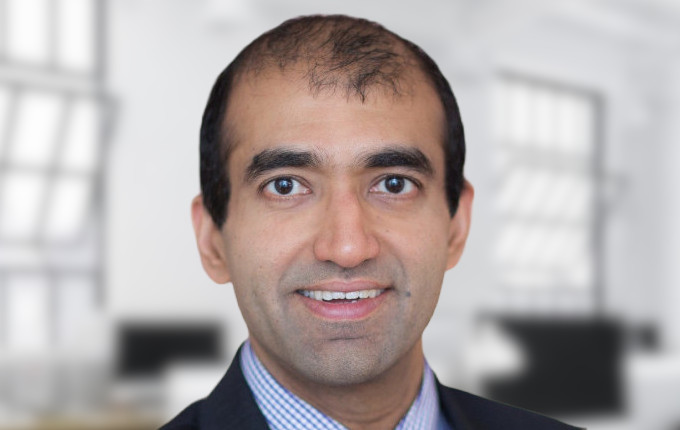Rest Super has been carefully modifying its equity portfolios in anticipation of more volatility to come. We speak to Kiran Singh about the tools the team has at its disposal to do this.
Register to Access this Exclusive [i3] Insights Article
Create a free account to access exclusive interviews with asset owners, revealing insights on investment strategies, market trends, and portfolio allocations.
If you already have an account you can Login .
If you have any issues registering an account please send us an email at [email protected].


